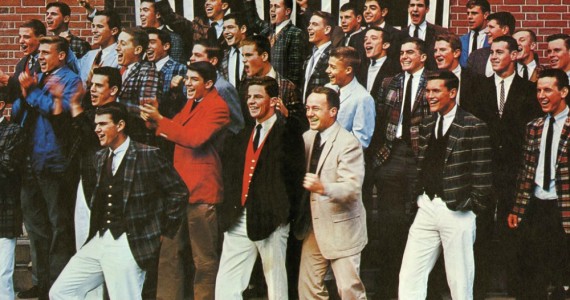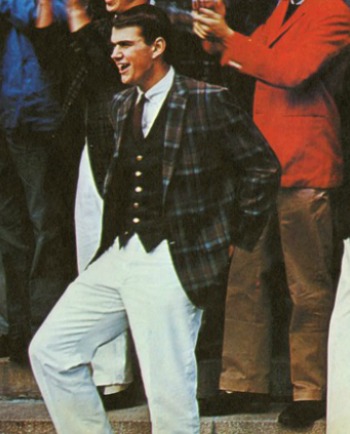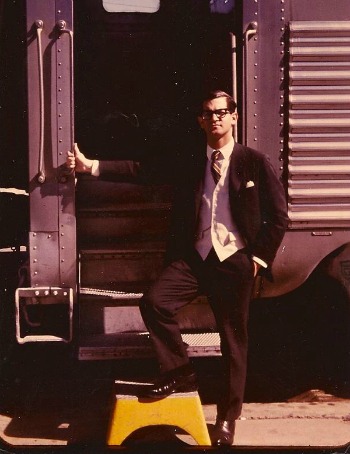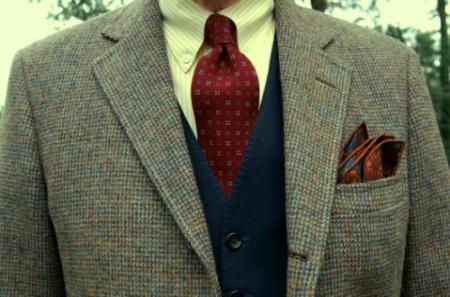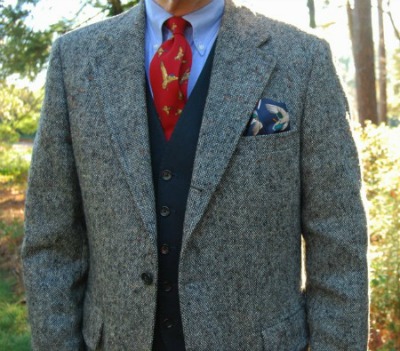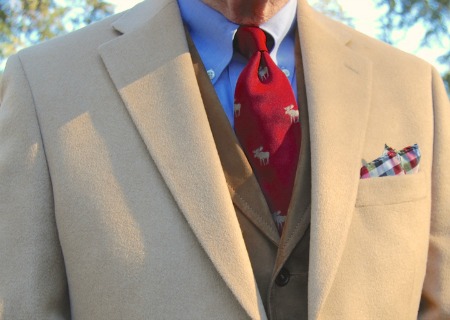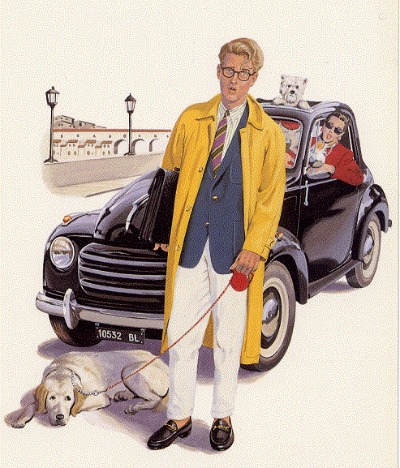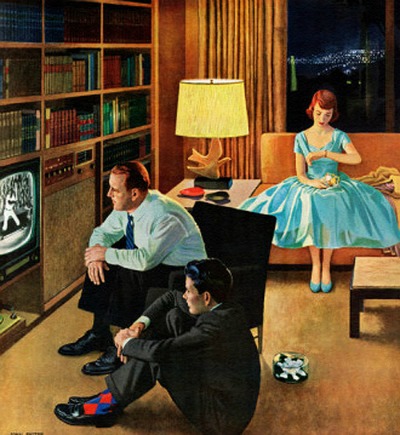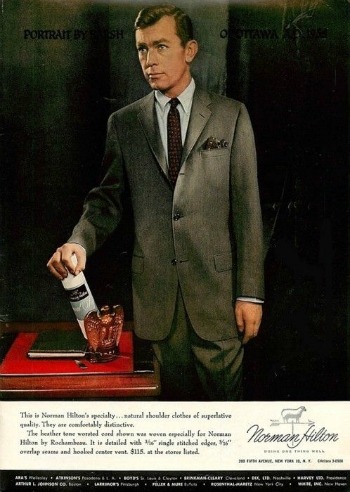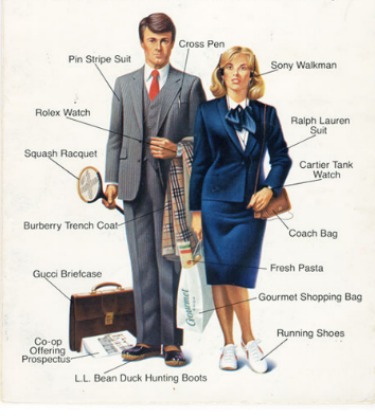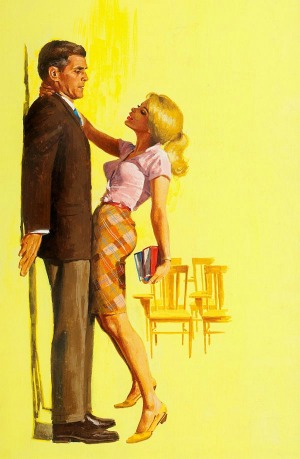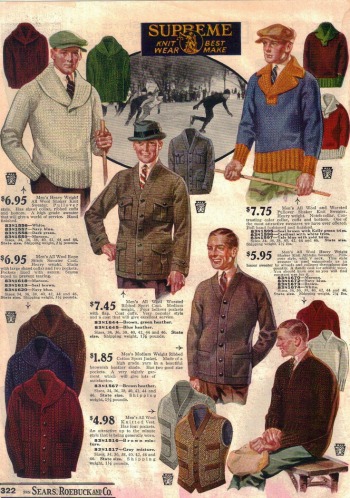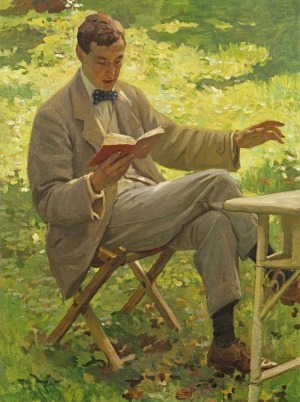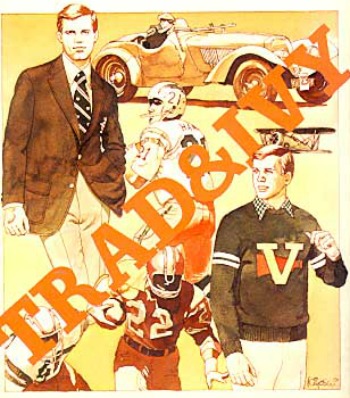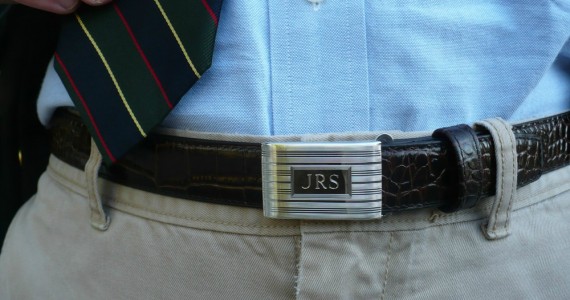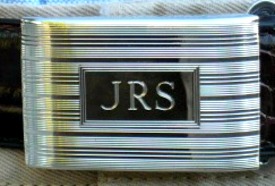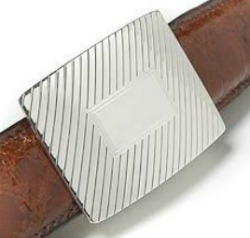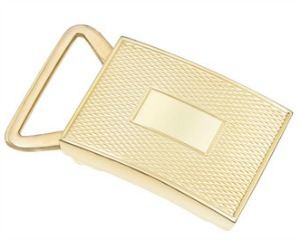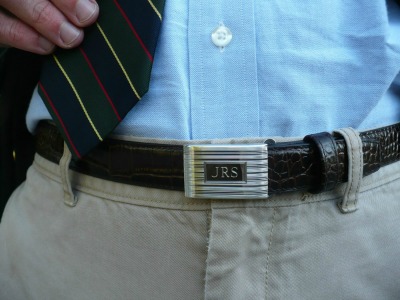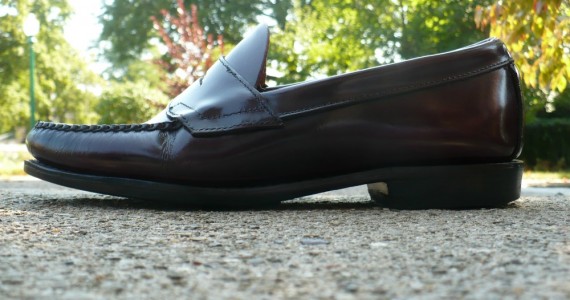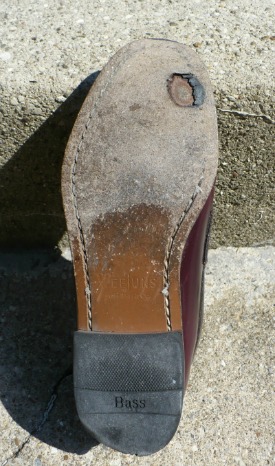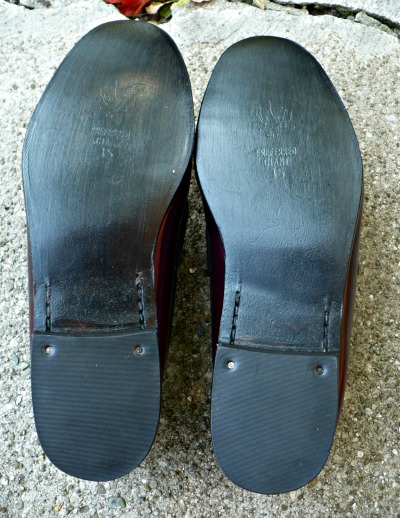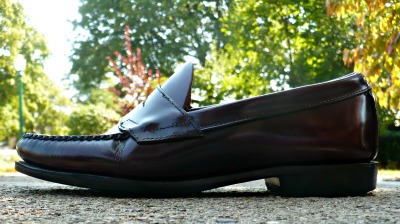My uniform has expanded greatly over the past year. It used to consist of blue OCBDs, khaki chinos and penny loafers, but now it includes ties, blazers, sport coats, and corduroys. These additions have made getting dressed much more interesting and life in general more enjoyable. This got me thinking about what I could add next. If you read the title of my post then you already know that the answer is a vest.
The vest has long been a part of classic American style. It is also a look that illustrates the British influence (They call them waistcoats) on American style. However, it is the image featured at the top of this post from the Deerfield academy in 1961 that piqued my curiosity. This picture from the “Hey Day” of the Ivy League look shows young men sporting vests in a truly casual and fun way. While I am not nearly as young as those pictured it made me think that I should not be intimidated by the vest.
 Red Vest 1961 (Red vests are more common than one would think.)
Red Vest 1961 (Red vests are more common than one would think.)
There are a lot of things that I like about the idea of adding an odd vest to my wardrobe. A vest can dress up a blazer or sport coat and at the same time they do not have to look “dressy.” In fact, when they are paired with cords and a tweed sport coat the look is more country mouse than city mouse. Plus, since it is not often that I get to wear a suit the addition of a vest allows me to add a level of formality to the flannel trousers and blazer look that I am more likely to wear. Not only can it dress up or down an outfit, but they are great for adding texture, color and patterns to an outfit especially, because they available in so many materials, patterns, and colors.
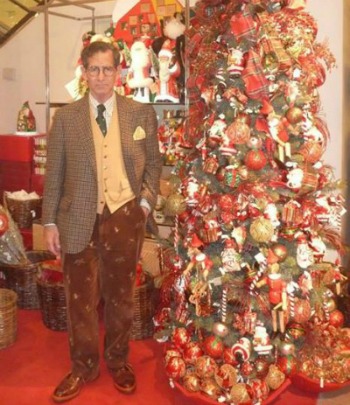 Roycru in tan vest today
Roycru in tan vest today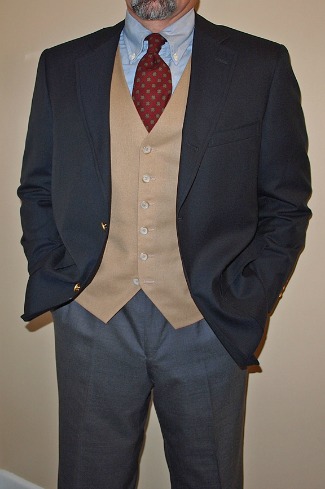 Ensiferous in tan vest
Ensiferous in tan vest
I started looking for vests on my own, but I quickly turned to a few people who wear the vest well for advice. Luckily for me they were more than happy to help me and they gave me a few tips on what I should be looking for in a vest that fits into the TNSIL cannon. I will pass these tips along. They also allowed me to use a few of their pictures for this post for which I am very grateful (Billax, Roycru, and Ensiferous thank you!).
Above are all examples from the Ivy master Billax of how vests can add texture and color to an outfit.
So, what does the Ivy League vest look like? This vest has 6, not 5 buttons and the bottom button is left undone, the vest should be long enough to cover your belt, it has 4, not 2 pockets, and one of the most important things to remember is that when you are wearing your vest with a blazer of sport coat you are not to remove the jacket in public.
Where do you find this vest? If you are interested in a vest I would recommend looking at Orvis and to my own surprise J.Crew whose vests almost all fit the description above.
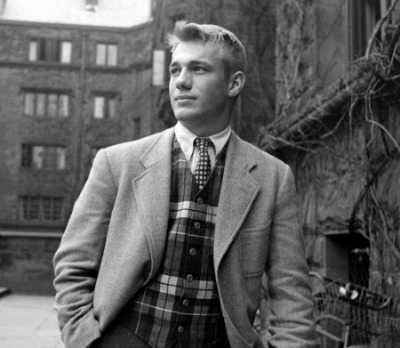 Tartan vest then
Tartan vest then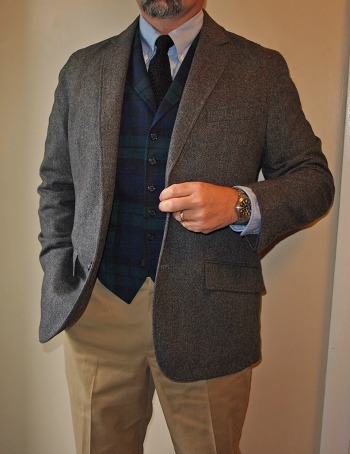 Tartan vest today from Ensiferous
Tartan vest today from Ensiferous
I can’t wait to add the option of a vest to my growing closet. I have decided to pursue a tan wool vest, because I think that it will work well with both my navy blazer and my brown tweeds. I have already lost out on one on Ebay, but I will not let that discourage me, because I know that while patience itself is bitter its fruit is sweet.
